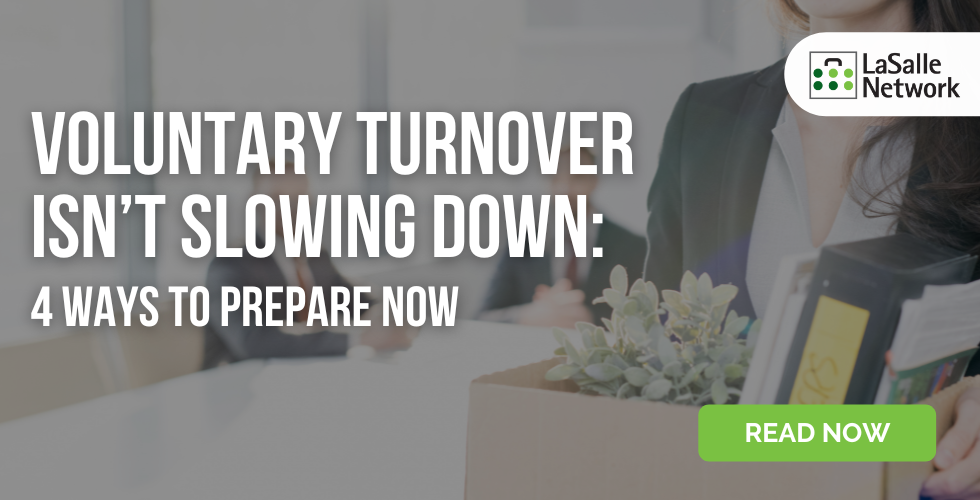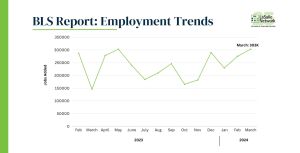While voluntary turnover nearly disappeared in 2020, it has since skyrocketed. In fact, according to a Gartner study conducted in April 2022, the U.S. employee annual voluntary turnover rate will jump almost 20% this year as compared to pre-pandemic levels.
While leaders have gotten creative and strategic in retaining talent, no company is immune to turnover. In preparation for the inevitable, we’re sharing four ways leaders can prepare and ensure they don’t leave lean teams stretched too thin.
Identify Risk
Evaluate where the greatest concentration of turnover is occurring to better predict which teams are at risk of becoming understaffed if other employees follow suit.
Invest in these teams now. Start to recruit talent in order to be proactive, not reactive. Having strong candidates in the pipeline being interviewed and onboarded will help lessen the burden when turnover inevitably strikes. Also consider ways to automate certain processes or what trainings can be offered to these teams to invest in their development and keep operations running as smoothly as possible. Also check in with the employees of these teams on what resources or support they need. Sometimes just the ask from leadership can make all the difference.
Get Ahead of Competition
In addition to exit interviews, conduct ‘stay interviews’ with current employees to better understand what they enjoy in their role, and what they’d like more, whether it’s professional development opportunities, or a new benefit or perk. Don’t view perks and benefits in the same lens as previous years – it is a completely different talent market and companies can’t rely on existing retention strategies. Especially entering the warmer weather for majority of the country, some employees may be looking for additional flexibility, and if a company chooses not to offer it, another will.
Create Community
Up to 30% of new hires quit their jobs within their first 90 days. If possible, onboarding in groups, rather than individually, can help increase engagement and fight turnover right at the start. It creates community and camaraderie immediately, allowing employees hired together to support one another throughout the adjustment period, and throughout their careers.
For existing employees, find ways to get them working cross functionally and building relationships with people both within their teams and in other teams. Consider planning team-building events to get people together outside of a traditional work setting, as well.
Talk About Turnover
Turnover is contagious, and when one employee quits, it can spark thoughts in others of what else could be out there for them. The worst thing to do is try to hide attrition from teams already affected by it.
Rather than allow employees to worry about their team and how the loss will impact them, talking about it straight away can help control the dialogue and ease concerns to maintain employee confidence. When informing the team of their peers quitting, keep the conversation positive and wish the former employee well. When possible, debrief how the former employee’s workload is being distributed, as well.
Accepting and preparing for turnover with a proactive approach can help save time and money rather than battling to attract and onboard new employees in reaction.
Let us help support your hiring efforts. Get connected with us here.







